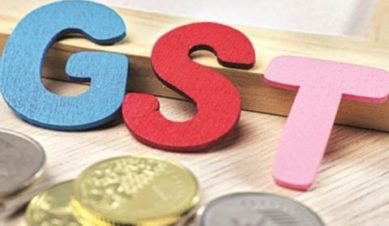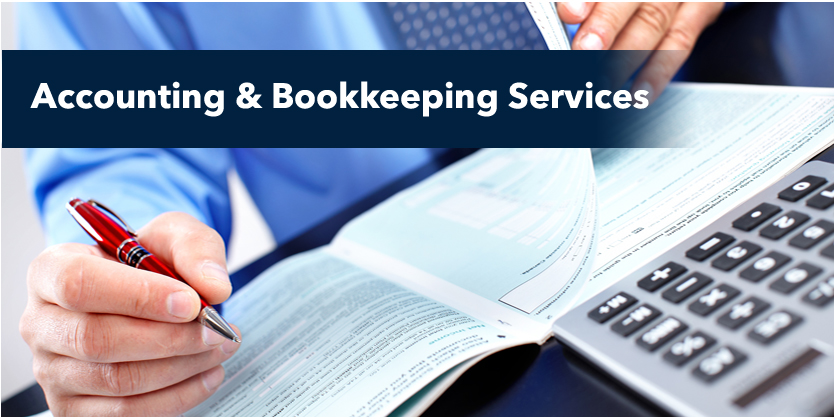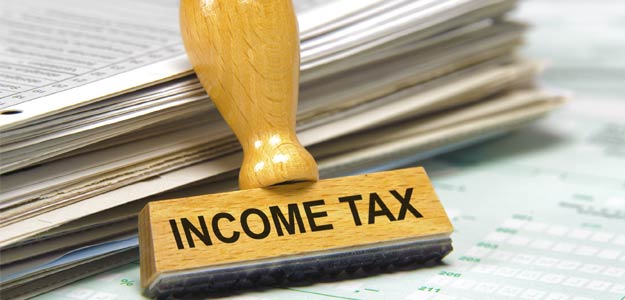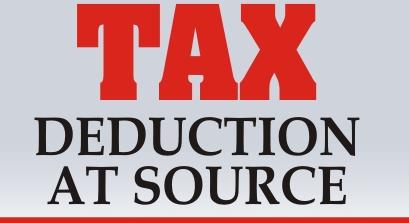
How To Claim GST Input Credit : Conditions To Be Satisfied
What Is GST Input Credit? [AdSense-B]
First of all, let us know what is GST Input Credit. Well, GST Input credit is nothing but a balance of the amount of tax you paid at the time of purchasing goods that is kept safe until you pay your tax for your output. Now, when you pay your tax of output, automatically the previous balance amount kept safe for you will automatically be used and your total tax to be paid will get reduced. We will also discuss how to claim GST input credit but before that, let’s understand by an example how this thing actually works
Example: Suppose X bought goods for Rs 100 and paid Rs 18 additional as GST(Total: Rs 118). Now X sold goods to Y for Rs 200 and charged GST of Rs 36(Total : Rs 236). Now, X can claim GST input credit of Rs 18 that he paid at the time of purchases while paying tax to the government. (i.e net GST, X need to pay is only Rs 18).
How To Claim GST Input Credit [AdSense-B]
To claim GST input credit –
- You must have a tax invoice(of purchase) or debit note issued by registered dealer
Note: Where goods are received in lots/installments, credit will be available against the tax invoice upon receipt of last lot or installment. - You should have received the goods/services
Note: Where recipient does not pay the value of service or tax thereon within 3 months of issue of invoice and he has already availed input credit based on the invoice, the said credit will be added to his output tax liability along with interest. - The tax charged on your purchases has been deposited/paid to the government by the supplier in cash or via claiming input credit
- Supplier has filed GST returns
Possibly the most path breaking reform of GST is that input credit is ONLY allowed if your supplier has deposited the tax he collected from you. So every input credit you are claiming shall be matched and validated before you can claim it.
Therefore, to allow you to claim input credit on purchases, all your suppliers must be GST compliant as well.
There’s more you should know about input credit –
- It is possible to have unclaimed input credit. Due to tax on purchases being higher than tax on sale. In such a case, you are allowed to carry forward or claim a refund.
If tax on inputs > tax on output –> carry forward input tax or claim refund
If tax on output > tax on inputs –> pay balance
No interest is paid on input tax balance by the government - Input tax credit cannot be taken on purchase invoices which are more than one year old. Period is calculated from the date of the tax invoice.
- Since GST is charged on both goods and services, input credit can be availed on both goods and services (except those which are on the exempted/negative list).
- Input tax credit is allowed on capital goods.
- Input tax is not allowed for goods and services for personal use.
- No input tax credit shall be allowed after GST return has been filed for September following the end of the financial year to which such invoice pertains or filing of relevant annual return, whichever is earlier.
Conditions for claiming Input Tax Credit [AdSense-B]
- You must be registered under GST
- Supplier of goods/service must be registered under GST
- Supplier has issued ‘Tax Invoice’ to you
- Supplier has actually deposited the tax to the government.
- Supplier has furnished the GST return and has credited your GSTIN by amount of GST paid by you to him
- If the inputs are received in installments, you will be able to get credit only when last installment is received.
- Payment must be within 180 days of the date of issue of invoice. In case you have not made the payment within 180 days, credit availed by you will be reversed. However, you will be able to claim credit once you make the payment again.
- In case of part payment, proportionate credit will be allowed. [AdSense-B]



 [AdSense-B]
[AdSense-B]









